
Please choose a body region on the right for you to pin point the problem area of your body.

Shop by Condition

Shop by Brand
Imagine yourself going for your daily run on a cool morning. You feel genuinely unstoppable as you gather up the pace, enjoying the sensation of the wind on your face and the cadence of your stride, but then it happens – a urine leak. The frustration will be beyond words. You're not alone. According to the stats, a startling 50% of adult American women experience incontinence, with many requiring incontinence pads to cope with the condition. Urinary incontinence even affects professional female athletes; 40% of them experience leaks during high-impact exercises like running. Here are four ways to tackle incontinence when running.
 Learn to Breathe Properly
Learn to Breathe ProperlyOne important technique to lessen the strain on your pelvic floor when running is proper breathing. This is the reason why:
Your diaphragm contracts and moves downward toward your feet as your belly expands during inhalation, causing your pelvic floor to relax and descend simultaneously. The diaphragm, on the other hand, goes back up toward your head to its resting position when you exhale, and the pelvic floor rises as your belly returns to its natural position. We refer to this as diaphragmatic breathing.
This is how your body naturally coordinates to assist in controlling intra-abdominal pressure, which lowers the risk of prolapse, incontinence, and injury.
Many runners have a propensity to run with their abs flexed, which might overwork their pelvic floor muscles. When you run and feel yourself "gripping" or "sucking in" your abs, you may be overstretching or over-tightening your pelvic floor, which can eventually weaken your pelvic floor muscles. You may consequently suffer from increased bladder leakage.
To prevent this, it's important not to over-flex your abs during jogging. Rather, concentrate on diaphragmatic breathing, and with each breath in, feel your belly expand, and with each breath out, feel it return to its resting position. You'll encourage your pelvic floor's natural ability to sustain you by doing this.
Running with good form can help you reduce strain on your bladder and pelvic floor, which can prevent urine leaks by distributing forces evenly through your lower body and abdomen. Here's how to form properly:
Stand upright while slanting somewhat forward. This will reduce the strain on your pelvic floor and allow your body to go forward more efficiently while you run.
During push-off, concentrate on using your back leg and glutes instead of overusing your hip flexors and your forward leg.
While running, softly land on your midfoot and maintain a small bend in your knees to help better distribute forces throughout your body.
When it comes to managing incontinence when undergoing rigorous activities like running, there are precautions you can take. First-quality Incontinence products at CWI Medical are built for comfort and convenience. With a wide range of incontinence pads to choose from, you’ll definitely find something that will fit your needs.
| |
|---|
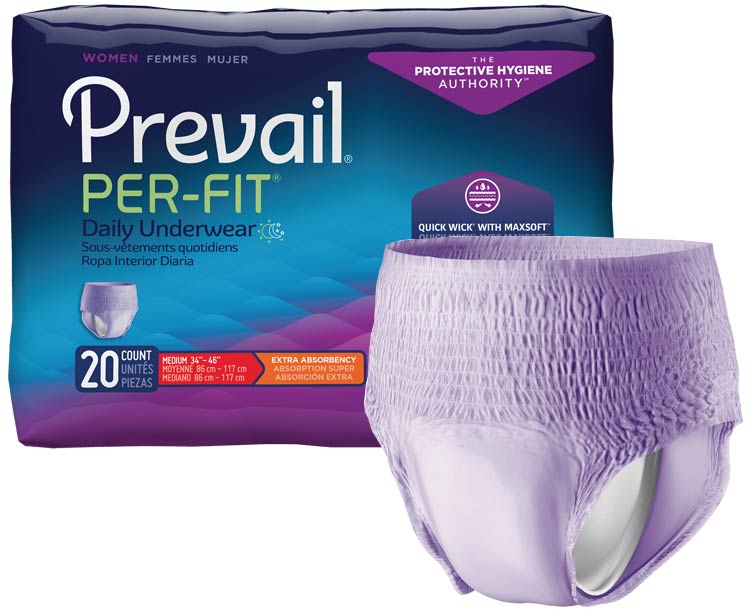 Prevail Per-Fit Underwear for Women |
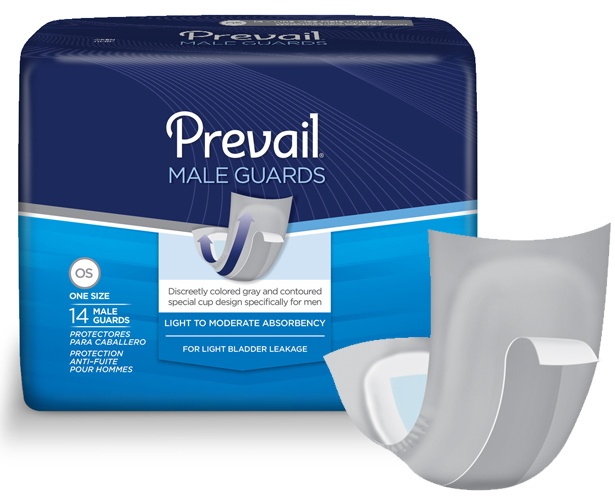 Prevail Male Guards - Extra Absorbent |
| |
|---|
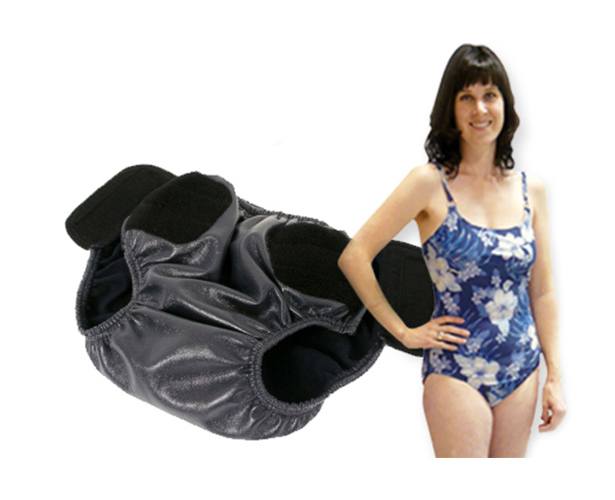 SOSecure Containment Swim Brief / Diaper |
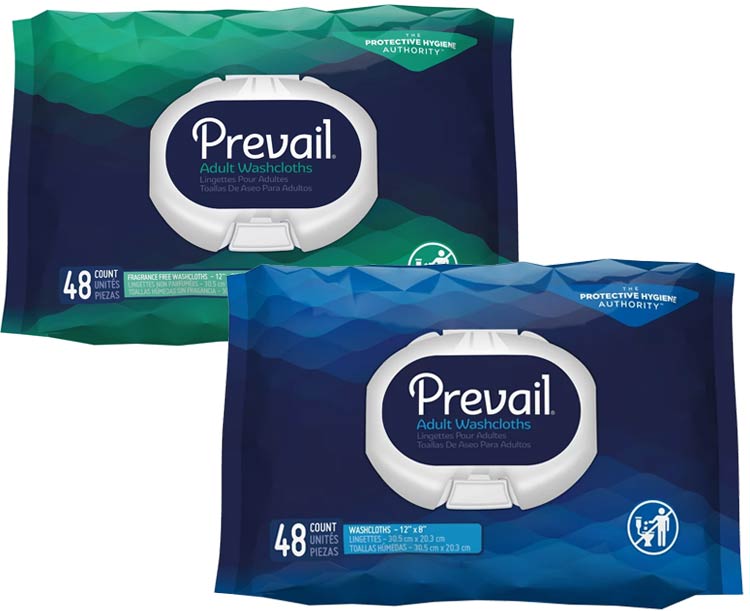 Prevail Washcloths - Adult Sized |
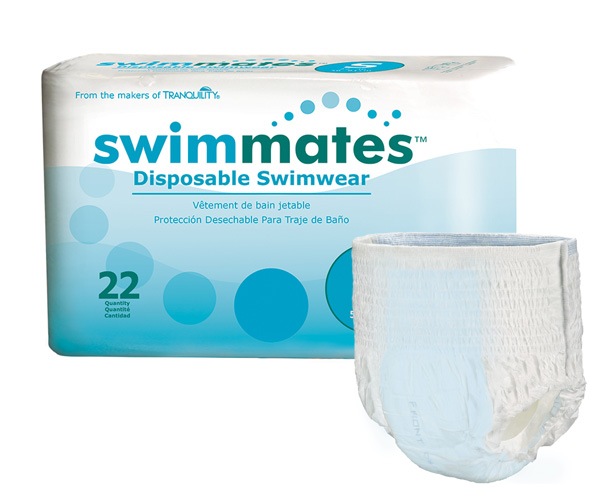 Swimmates Disposable Swim Diapers |
| Stay Connected! | |
|
|
Related Articles
Get $10 off your next order when you sign up to receive our email newsletter.*
Simply enter your email address below!
*Minimum order value of $100. Valid email address to qualify.







